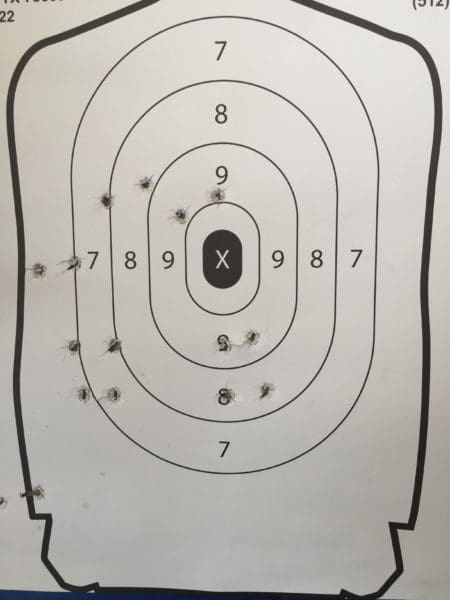I am glad it worked for you and that you have gotten quality training that helped you get to where you are but the advice you are giving to new shooters is about as bad as it gets. If you do not have sound fundamentals you are not learning the skill of shooting a handgun well. You are building muscle memory which may or may not serve you down the line. This doesn't apply to just handguns as Lohman446 pointed out.I understand your position, and respect it, but still disagree.
The thing is, tho - I can not say with 100% certainty because I actually have had considerable training. So... was it the quality training or the truck load of lead I chucked that got me dialed in? Truth is, I can't say without going back in time and do it each way.
However, I honestly feel that it was "doing it" that made me proficient, not being taught it. I guess I shouldn't assume everyone learns the same way.
I don't under estimate the value of dry practice. I actually do a lot of it. But it is like martial arts - bag work is important, kata is important, partner drills are important, but if you're learn to fight..... ya gotta fight.
It applies to football, basketball, golf, driving etc... To use your analogy of martial arts after taking one class I should run out and challenge people to a fight. Even after you get I get my head handed to me because I lack any skill I should keep picking fights? If I pick enough fights eventually I will be good at martial arts. What is that teaching you? I am not saying that life fire is not necessary or is not essential to shooting a pistol well but it has to be done the right way or you are building bad habits which you will have to train out later or in the worst case scenario never correct.
Telling people to go blast away and you will eventually get it is poor advice.
Last edited:

